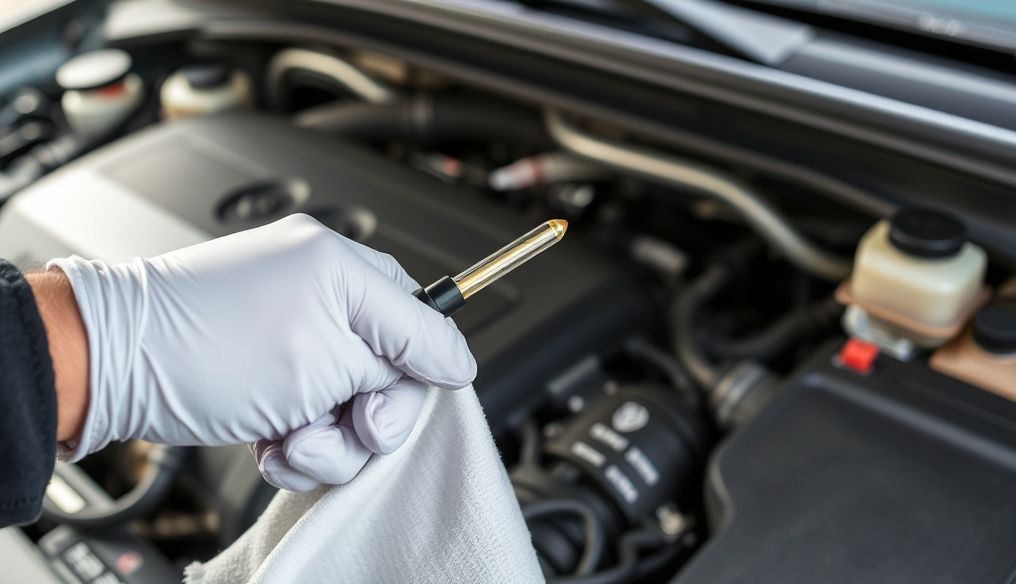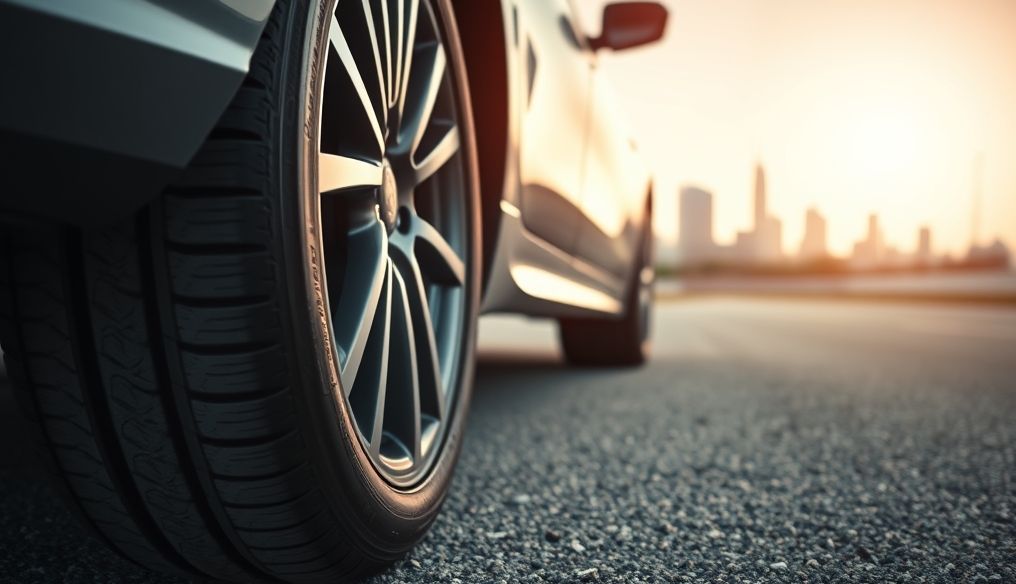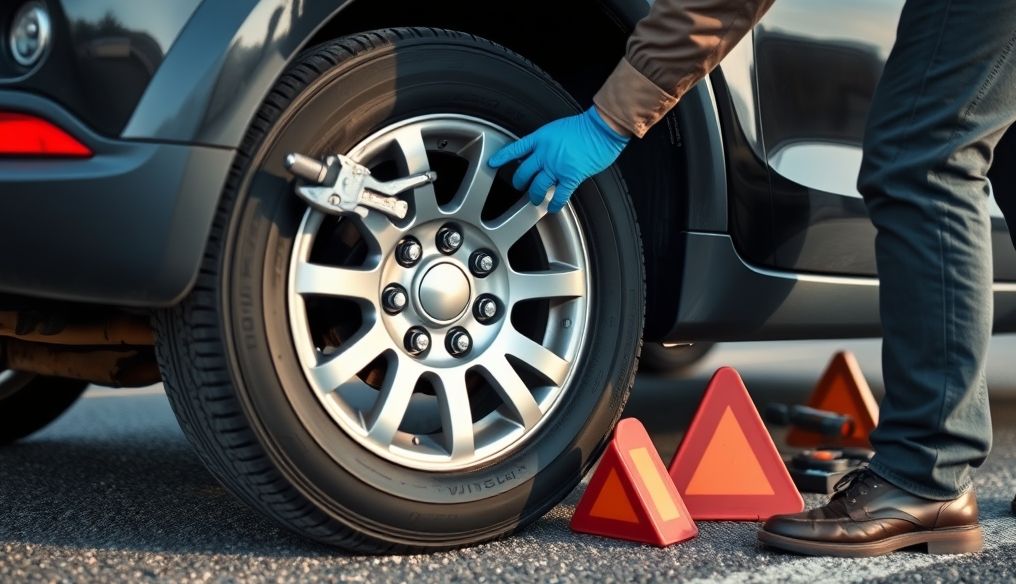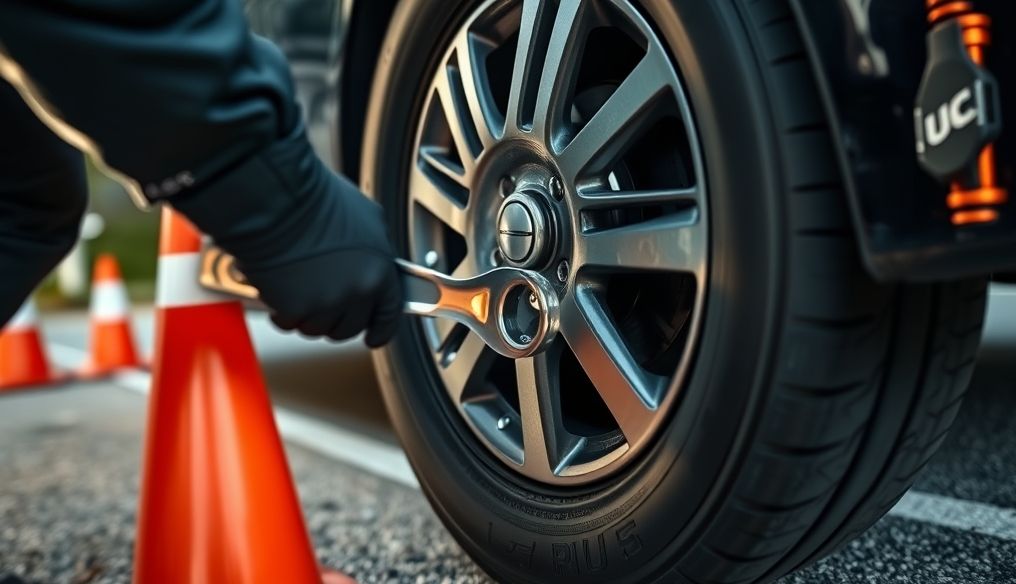Introduction: The Importance of Checking Engine Oil and Coolant
Regularly checking your car's engine oil and coolant is an essential part of routine vehicle maintenance. While it may seem simple, it plays a crucial role in maintaining engine performance and preventing costly breakdowns. The engine is the heart of the car, and engine oil and coolant are the blood that nourishes and protects it. Neglecting to check these fluids can lead to serious problems ranging from reduced fuel efficiency and engine overheating to complete engine failure.
In this article, we will explain in detail how to check your engine oil and coolant yourself, focusing on practical steps and important tips that will help you keep your car in top condition. We will also cover the importance of each check, indicators of a problem, and how to deal with them correctly.
Chapter 1: Why Should You Check Engine Oil and Coolant Regularly?
To understand the importance of checking engine oil and coolant, you need to know the functions of each:
Importance of Checking Engine Oil
- Lubricating Moving Parts: Oil reduces friction between moving parts inside the engine, preventing wear and extending engine life.
- Cooling the Engine: Oil helps absorb heat from combustion and reduce engine temperature.
- Cleaning the Engine: Oil carries impurities and residues from combustion to the oil filter, keeping the engine clean.
- Preventing Rust and Corrosion: Oil forms a protective layer on metal parts, preventing rust and corrosion.
Checking the oil regularly allows you to monitor its quality and level, and make sure it is performing its functions correctly. Low oil level or deteriorated quality can lead to serious problems such as:
- Engine overheating
- Wear of moving parts
- Engine damage
Importance of Checking Car Coolant (Coolant)
- Cooling the Engine: Coolant absorbs excess heat from the engine and cools it in the radiator.
- Preventing Freezing: Coolant contains substances that prevent water from freezing in low temperatures, protecting the engine from damage.
- Preventing Rust and Corrosion: Coolant contains substances that prevent rust and corrosion inside the cooling system.
Checking the car's coolant regularly allows you to monitor its level and quality, and make sure it is performing its functions correctly. Low coolant level or deteriorated quality can lead to serious problems such as:
- Engine overheating
- Radiator damage
- Engine damage
Chapter 2: Tools and Materials Needed for Inspection
Before you start checking the engine oil and coolant, make sure you have the following tools and materials:
- Gloves: To protect your hands from oil and dirt.
- Clean Cloth: To wipe the dipstick and clean up any spills.
- Wrench (if necessary): To loosen the oil cap or radiator cap.
- Funnel: To pour oil or coolant easily.
- Flashlight (if necessary): For better visibility in dark places.
- Suitable Engine Oil: If you need to add oil.
- Suitable Coolant: If you need to add coolant.
Chapter 3: Steps to Check Engine Oil
Follow these steps to check the engine oil correctly:
- Make sure the engine is cool: Wait 10-15 minutes after turning off the engine for the oil to cool and collect in the oil pan.
- Locate the dipstick: The dipstick is usually a colored handle (usually yellow or orange) located near the engine.
- Pull out the dipstick: Pull the dipstick out and clean it with a clean cloth.
- Reinsert the dipstick: Insert the dipstick fully back into place and pull it out again.
- Check the oil level: Look at the end of the dipstick. The oil level should be between the "Min" and "Max" or "Low" and "High" marks.
- Check the oil color: The oil should be clean and golden or light brown. If the oil is black or contains impurities, it's time to change it.
- Add oil if necessary: If the oil level is low, add a small amount of the appropriate oil using a funnel. Check the oil level again after adding.
Chapter 4: Steps to Check Car Coolant (Coolant)
Follow these steps to check the car's coolant correctly:
- Make sure the engine is cool: Never open the radiator cap when the engine is hot, as this can cause serious burns.
- Locate the expansion tank: The expansion tank is usually a transparent or semi-transparent plastic tank located near the radiator.
- Check the coolant level in the expansion tank: The coolant level should be between the "Min" and "Max" or "Low" and "High" marks on the tank.
- Check the coolant color: The coolant should be clean and free of impurities. It may be green, blue, or orange, depending on the type of coolant used.
- Check the radiator (if necessary): If there is no expansion tank, you can check the coolant level directly in the radiator after making sure it is completely cool. Carefully open the radiator cap and make sure the coolant covers the internal pipes.
- Add coolant if necessary: If the coolant level is low, add an appropriate amount of coolant using a funnel.
Chapter 5: Warning Signs and Potential Problems
While checking the engine oil and coolant, look for the following warning signs:
Signs of a Problem with Engine Oil:
- Frequent Low Oil Level: This may indicate an engine leak or abnormal oil consumption.
- Oil Color is Black or Very Dark: This indicates that the oil has deteriorated and needs to be changed.
- Impurities in the Oil: This may indicate engine damage or oil contamination.
- Burning Oil Smell: This may indicate an oil leak onto hot engine parts.
Signs of a Problem with Car Coolant (Coolant):
- Frequent Low Coolant Level: This may indicate a leak in the cooling system.
- Coolant Color is Brown or Rusty: This indicates rust or corrosion in the cooling system.
- Oil in the Coolant: This may indicate damage to the cylinder head or head gaskets.
- Frequent Engine Overheating: This may indicate a problem with the cooling system.
Chapter 6: When Should You Change Engine Oil and Coolant?
The timing of changing engine oil and coolant depends on several factors, including the type of car, driving conditions, and the type of oil or coolant used. However, there are some general guidelines that can be followed:
Changing Engine Oil:
- According to the manufacturer's recommendations: Check your car's owner's manual for the recommended time period or distance traveled to change the engine oil.
- Every 5000-10000 kilometers: If you drive in harsh conditions (such as city driving or driving in hot weather), you may need to change the oil more frequently.
- When the oil turns black or contains impurities: Even if you have not reached the recommended time period or distance traveled, you should change the oil if it looks dirty or deteriorated.
Changing Coolant:
- According to the manufacturer's recommendations: Check your car's owner's manual for the recommended time period or distance traveled to change the coolant.
- Every 2-5 years: In general, the coolant should be changed every 2-5 years, even if you have not reached the recommended distance traveled.
- When the coolant turns brown or rusty: Even if you have not reached the recommended time period, you should change the coolant if it looks dirty or deteriorated.
Chapter 7: Tips for Maintaining Engine Oil and Coolant
Here are some tips for keeping engine oil and coolant in good condition:
- Use High-Quality Engine Oil and Coolant: Choose products that meet the manufacturer's specifications for your car.
- Change Oil and Coolant Regularly: Follow the manufacturer's recommendations or change them more frequently if you drive in harsh conditions.
- Check Engine Oil and Coolant Regularly: Perform the checks mentioned above at least once a month.
- Look for Leaks: Inspect your car regularly for any signs of oil or coolant leaks.
- Fix Any Problems Immediately: If you notice any warning signs, fix the problem as soon as possible to avoid further damage.
Chapter 8: Safety First
When checking engine oil and coolant, always remember to follow these safety precautions:
- Wear Gloves: To protect your hands from oil and dirt.
- Make sure the engine is cool: Never open the radiator cap when the engine is hot.
- Be Careful When Handling Hot Oil: If you need to change the oil yourself, be careful when handling hot oil to avoid burns.
- Dispose of Old Oil and Coolant Properly: Do not pour old oil or coolant down the drain or on the ground. Dispose of them at a certified recycling center.
Conclusion
Checking your car's engine oil and coolant regularly is an essential part of routine vehicle maintenance. By following the steps and tips mentioned in this article, you can easily check these fluids yourself and avoid costly problems. Remember that preventive maintenance is the key to keeping your car in top condition and extending its life.




